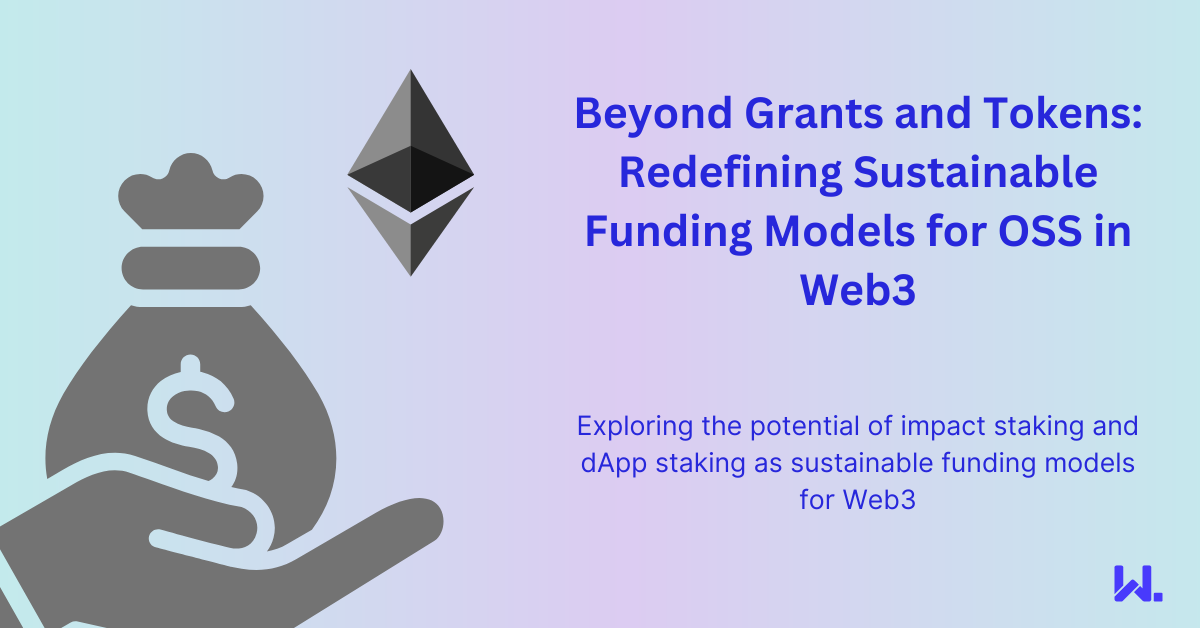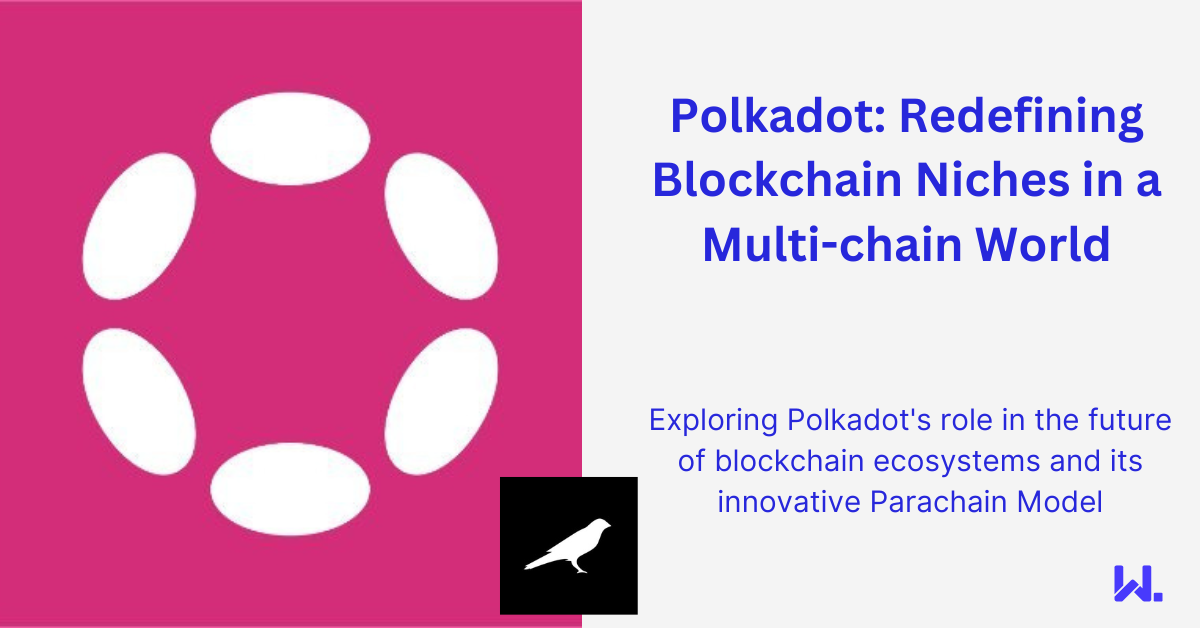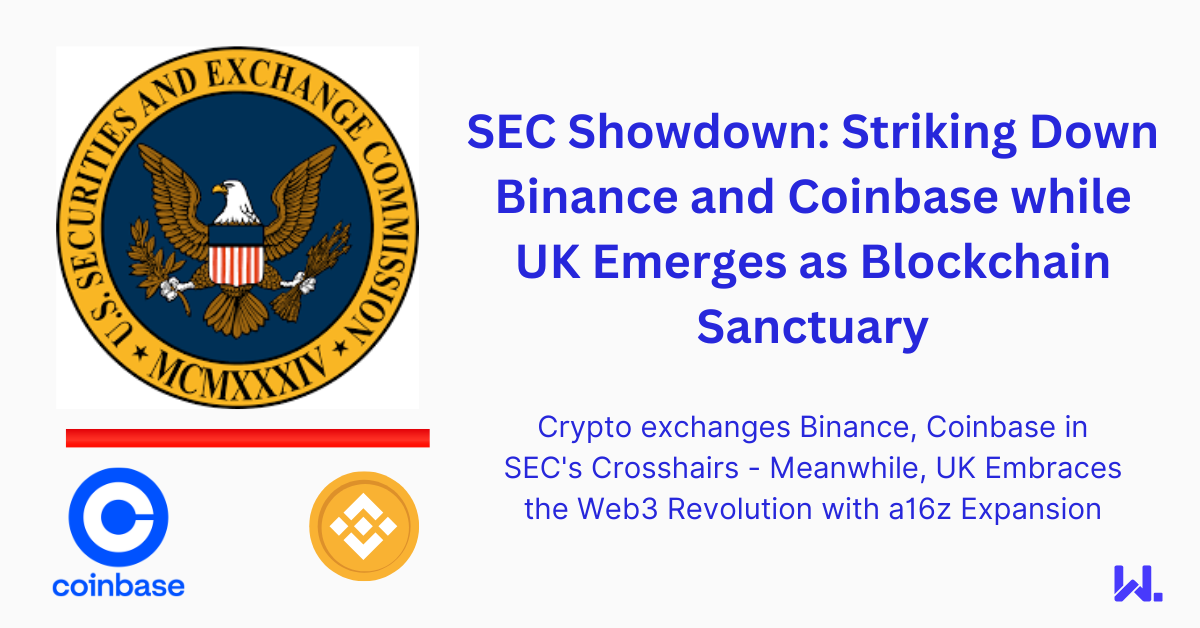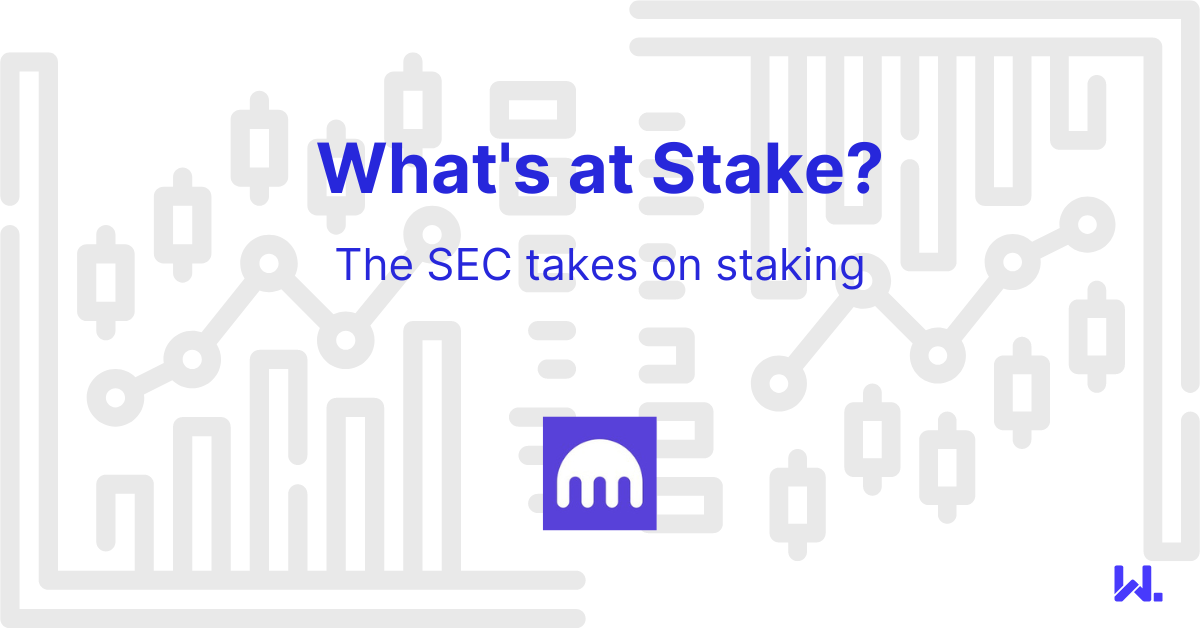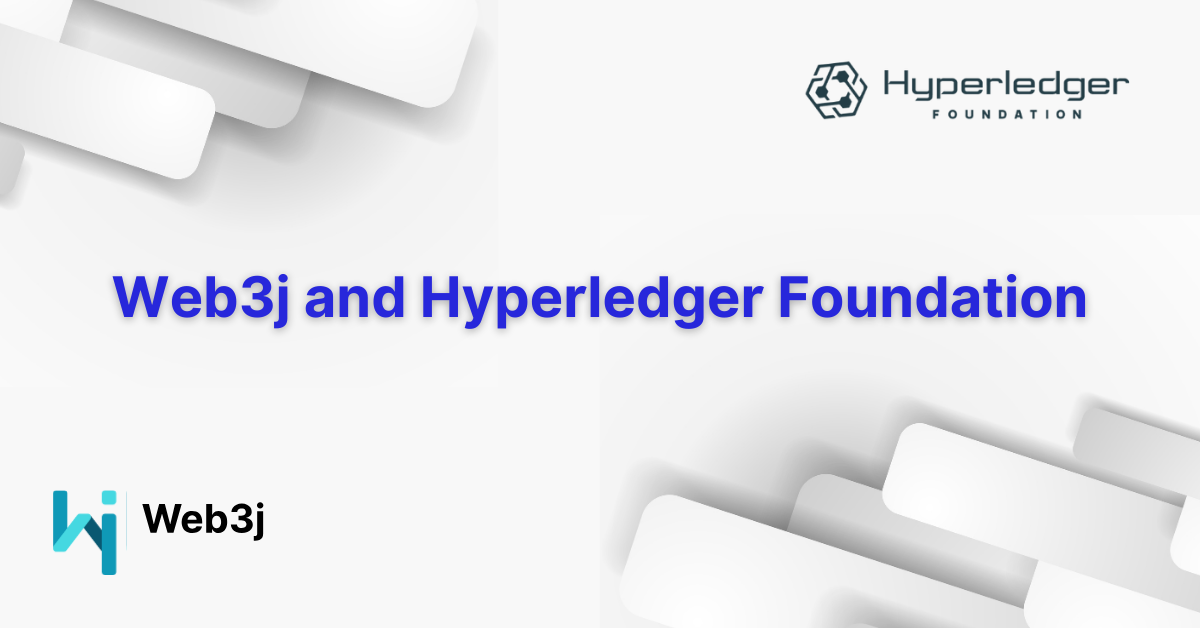Beyond Grants and Tokens: Redefining Sustainable Funding Models for OSS in Web3
Grant funding, and public goods funding are commonplace throughout web3. The challenge, as I wrote about recently is sustaining these projects that are grant funded once the grants run out. However, there may be another approach on the horizon, which I’ll explore in more detail below.
Web3 vs Transitional Funding
Those of us who have received funding from Web3 companies are aware it's more of a trust-based model compared with traditional, often government-allocated grants which for many have been the traditional type of grant funding.
The trust and transparency-based model of web3 speaks to the pragmatism that exists within the web3 industry with the focus being on the building aspect of things, rather than getting bogged down in paperwork that often accompanies traditional funding applications, which requires detailed planning and reporting throughout.
Whilst it's understandable the additional constraints placed on grantees to minimise fraud and ensure that applications are well thought out, unless an organisation has their own project managers in place, the administrative burden can be high. This burden also has the downside of distracting the project team from focusing on the work at hand, and instead demonstrating that they remained aligned with their original plan.
With the open-source model that is at the heart of much of the work in web3, much of the work delivered by teams appear on GitHub and is accompanied by blog posts. This helps reduce the burden of proof required by teams, as much of their work is out in the open.
The Funding Dichotomy
There is still something of a dichotomy that exists in sustaining the projects that obtain grant funding. For web3 projects to qualify for grant funding, they usually need to be open-source projects, with the impact they can have on web3 communities being one of the core criteria they are measured against.
The ability for them to sustain themselves long-term tends less to be scrutinised, in part because many technologists will be thinking about the technical details of the problem they are solving over the financial practicalities.
This is where things can become murky, as proposing grant funding for a commercial project is unlikely to be supported by the organisations providing grants — they tend to be focused on being ecosystem enablers with low or zero barriers to entry over commercial products. Conversely, achieving some commercial success is required in order to create a self-sustaining project. Otherwise, projects will be chasing grants forever.
This detail is not given the airtime it should be, as once a developer creates some open-source software and people start using it, someone needs to maintain it forever.
Commercialising or finding a long-term model to sustain open-source software should be front of mind for anyone providing or receiving grants. Thinking in terms of commercialising the software shouldn't be something that goes against OSS, it should be a necessary consideration with any potential funding opportunity.
This lack of common ground between grant-funded OSS on one side and commercialisation support on the other is a real challenge for OSS. However, another potential approach is on the horizon.
A new approach
Since the Ethereum network transitioned to proof of stake (PoS), those benefiting from the rewards associated with securing the Ethereum network moved from the hands of miners to anyone who is willing to stake their Ether.
Over 15% of the total supply of Ether is now being staked which represents 18.2m ETH obtaining a yield of approximately 4%, which is 728,000 ETH annually being returned to stakers. This represents over $1.3bn at current prices.
What if some of these staking rewards could be channelled into OSS that supports the Ethereum ecosystem on an ongoing basis?
Just 1% of annual staking revenue would equate to $10m. To put this figure into perspective, Gitcoin has distributed $50.82M during the past 6 years, so a 1% figure is far from immaterial on the impact it can have in an ecosystem.
This notion of redistributing staking funds does not appear yet to have been widely embraced within the Ethereum community, however, there are some teams thinking about it.
Launchnodes have their Impact Staking working group which is focused on allocating some staking rewards to meaningful projects and initiatives. However, I'm not aware of any other initiatives and I'd imagine such an approach would be very popular within the Ethereum community.
Other ecosystems
Outside of Ethereum, the Astar Network, which is a Polkadot parachain has dApp staking. In dApp staking, nominators which are similar to validators can nominate Astar network tokens to dApps they wish to support.
The more widely these nominated dApps are used, the more nominations they are likely to receive, hence developers have an opportunity to capture the value they are creating on the network.
Voluntary taxation
Whether the preferred moniker is impact staking, dApp staking or something else, providing the optionality for stakers to easily allocate staking rewards directly to projects who they believe deserve them seems like a no-brainer.
It's akin to voluntary taxation for blockchain communities, that sustain the key projects up-front instead of in arrears. Given the depth of transparency that is available via GitHub and blog posts, the overhead of overseeing such initiatives should be low.
It wouldn't be recommended for new projects — grant funding would remain the best option where there are questions about the viability or popularity of such a project.
However, once they have users and an established user base or community it would likely make sense. The key difference between this approach and others such as GitHub sponsors is that any funds would ideally be allocated before or just after they hit a validator wallet.
That way they would be funds that the user never really had. Like salary sacrifice schemes or pension contributions, if we can create processes to redirect funds in a manner that is automated and can be easily set up it has a real chance of taking off.
It is my hope that we will see the Ethereum Community get behind such an initiative. There are many projects that have been generous with their allocation of grants, however, I believe that we could still improve on this by having a sustainable funding mechanism in place for projects that are important to the overall ecosystem.
With this in place, it will strengthen the funding landscape of Ethereum, and hopefully be a viable way for us to support a number of projects (including ideally our own Web3j) for the benefit of the community over the long haul.

